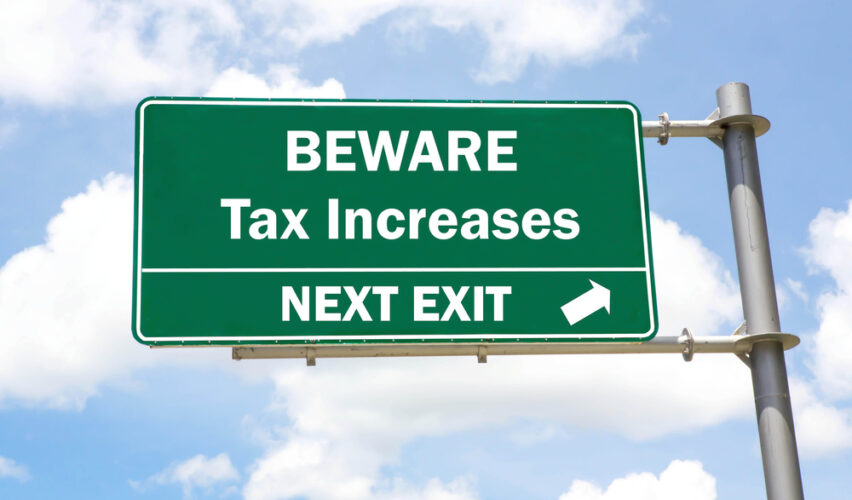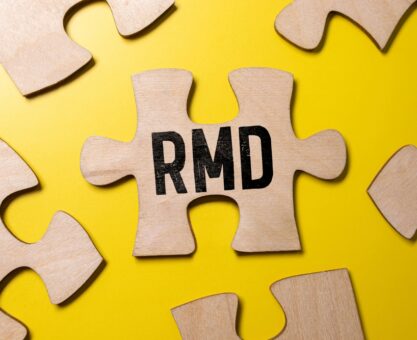Fifty years ago, retirement planning was fairly straightforward and the majority of retirees ended up in a lower income tax bracket than they were during their working years. Then it all started to change in the 1980s.
Defined-benefit pension plans were rapidly replaced by tax-deferred retirement accounts like the traditional Thrift Savings Plan (TSP) and the 401(k). By 1984, Social Security income became taxable and the retirement age started to gradually rise until it capped at age 67 for those born in 1960 and after. Today, more and more retirees are finding themselves in a higher tax bracket than when they were working. Here’s why.
Tax-Deferred Retirement Accounts Simply Delay Income Taxes
Since you make contributions to a tax-deferred retirement account with pre-tax earnings, it lowers your tax burden during your working years. But this doesn’t mean you’re avoiding taxes. You’ve simply delayed paying the taxes you owe until you retire. This may sound like an advantage if you believe you’ll be in a lower tax bracket in retirement.
Unfortunately, odds are you won’t. When you add up income from your tax-deferred TSP and any 401(k)s you and your spouse may have, plus the taxable portions of your FERS pension and Social Security, you’ll likely owe Uncle Sam far more than you ever expected.
“This is why tax-planning is an important component of your overall retirement plan.”
Federal Income Taxes Poised To Increase On January 1, 2026
When the Trump-era tax cuts expire on December 31, 2025, tax rates for 2026 will revert back to levels before the Tax Cuts and Jobs Act (TCJA) was signed into law. Though the individual tax rates may only increase three to four percentage points for each bracket, it can really add up when you withdraw money from tax-deferred accounts like the Thrift Savings Plan(TSP) that include taxable employer contributions and investment earnings. Also keep in mind that the standard deduction may be half as much as it is now when the TCJA expires.
How Changes To RMDs Can Result In Higher Taxes
Though the SECURE Act 2.0 raised the age for Required Minimum Distributions (RMDs) to 73, you need to consider how it also raises taxes on distributions from your traditional TSP. When your balance has an extra year to grow, RMDs will be higher which also raises you tax bill. When the age for RMDs increases to 75 in 2033, your tax-deferred accounts have three more years to grow before RMDs bump you into a higher tax bracket.
This is why tax-planning is an important component of your overall retirement plan. Connect with an FRC® trained advisor to learn more.

























